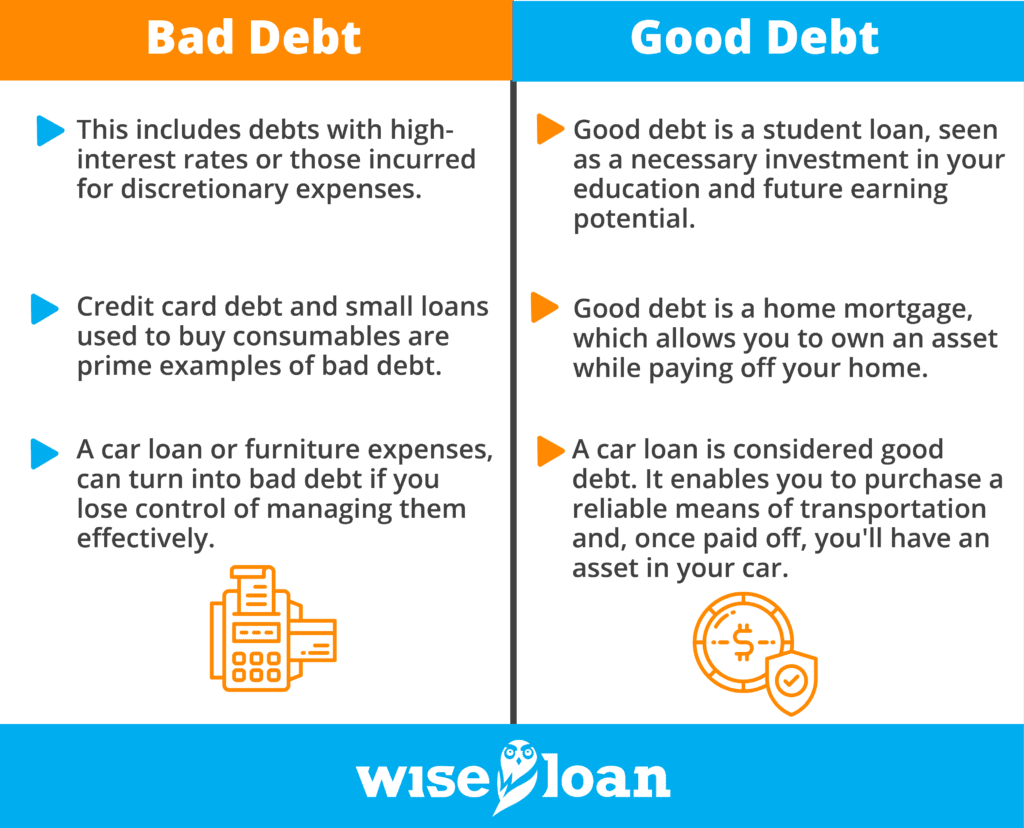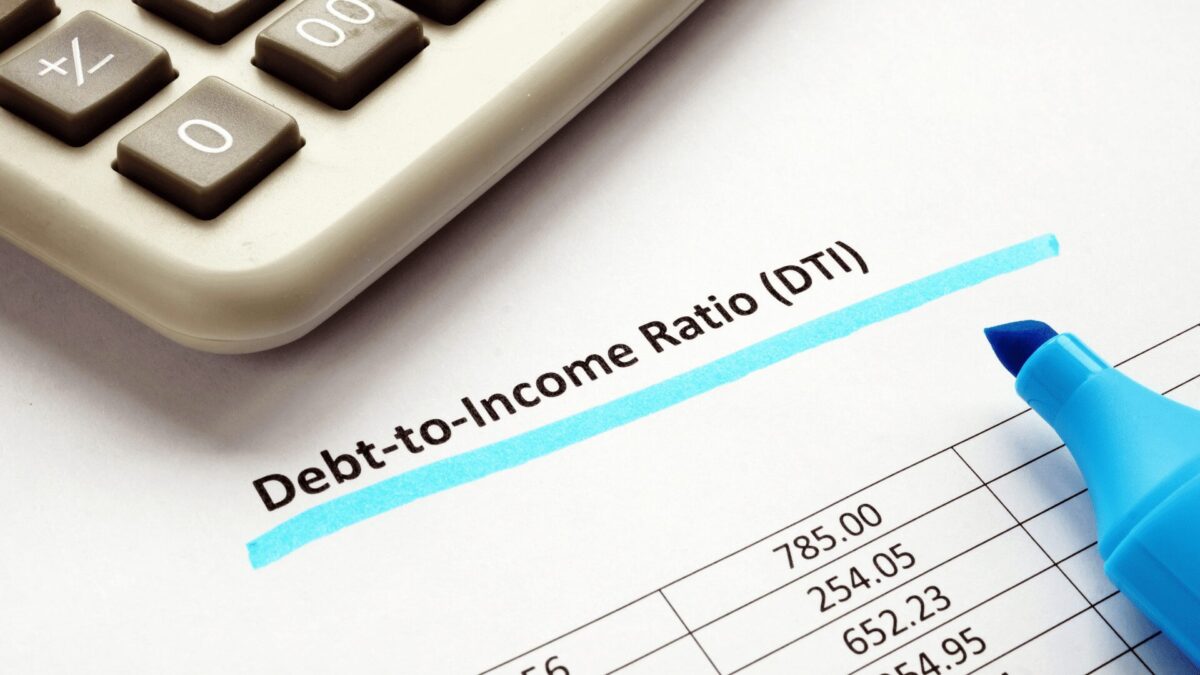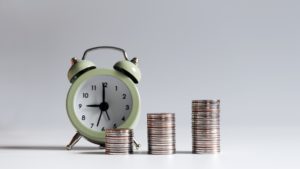Your parents might have taught you that all debt is negative, but the reality is more nuanced. There are distinct categories of debt: good debt and bad debt. Understanding this difference is essential for practicing fiscal responsibility. Each day, whether you realize it or not, you are evaluated based on the debts you carry, and having good debt can enhance your financial standing, even if you owe a substantial amount. Moreover, good debt can facilitate securing financing for significant purchases and obtaining low-interest rates on credit cards.
So, what sets good debt apart from bad debt? Good debt can be viewed as an investment in your future, while bad debt tends to have high-interest rates or may become challenging to repay due to compounding interest. Good debts are loans taken for ventures that increase your net worth and demonstrate responsible financial behavior. They typically come with lower interest rates and play a crucial role in personal growth, entering the workforce, and becoming a responsible citizen.
One form of good debt is a student loan, seen as a necessary investment in your education and future earning potential. These loans usually carry low-interest rates, making them manageable to repay, and upon graduation, your earning potential is likely to increase significantly.
Another type of good debt is a home mortgage, which allows you to own an asset while paying off your home. Despite potentially owing a considerable sum, a mortgage contributes to building your net worth over time, and it’s often the primary means for individuals to afford their own homes.
Similarly, a car loan is also considered good debt, as it enables you to purchase a reliable means of transportation and, once paid off, you’ll have an asset in your car.
Medical debt, while a bit of a grey area, is not typically classified as good debt since it doesn’t necessarily increase your net worth or lead to higher income opportunities.

On the other hand, bad debt encompasses all other types of debts that don’t fall into the category of good debt. This includes debts with high interest rates or those incurred for discretionary expenses. Credit card debt and small loans used to buy consumables are prime examples of bad debt. Even previously good debts, like a car loan or furniture expenses, can turn into bad debt if you lose control of managing them effectively.
In general, it’s best to avoid taking on any debt if you have sufficient cash to cover your expenses or wait until you can afford the purchase. Delaying a purchase can help you find better deals, and charging a big expense can lead to paying more over an extended period due to interest.
As for Wise Loan, they help those struggling to meet everyday expenses, providing early approval and same-day or next-day funding even for individuals with bad credit. By promptly repaying the loan, you can establish a positive debt history, which may prove beneficial in future financial needs. Applying and getting approved with Wise Loan is a quick process, ensuring you receive the money you need without unnecessary delays.
The recommendations contained in this article are designed for informational purposes only. Essential Lending DBA Wise Loan does not guarantee the accuracy of the information provided in this article; is not responsible for any errors, omissions, or misrepresentations; and is not responsible for the consequences of any decisions or actions taken as a result of the information provided above.











